When doi is no longer "golden grain"
Not long ago, doi was considered the "golden seed" of Muong Be. There was a time when the price of dried doi seeds was up to 2.5 - 2.7 million VND/kg, Muong Be people only needed one harvest to eat for the whole year. But in the past 3 years, the price has dropped sharply. Currently, dried doi seeds are only less than 100 thousand VND/kg.
The entire Muong Be area (hamlets: Be Trong, Be Ngoai, Be Tren) currently has about 300 households growing doi with a total area of about 40 hectares, equivalent to more than 20,000 trees of different ages; of which nearly 5,000 trees have been harvested. The doi tree usually takes 8 years to flower and bear seeds, but if planted by grafting, it will only take about 4 years to produce fruit. The older the tree, the higher the value of its wood and seeds - that is why people used to consider doi as "savings" for their children and grandchildren.
However, Doi grown in the Central Highlands is now strongly developed, planted on large areas, harvested after only 3-4 years and with 2 crops per year. Doi seeds in the Central Highlands are brought to the market at cheap prices, making it difficult for Muong Be Doi seeds - despite their fragrant aroma and high essential oil content - to compete. The bustling scene of harvesting and drying Doi is now only in memory.
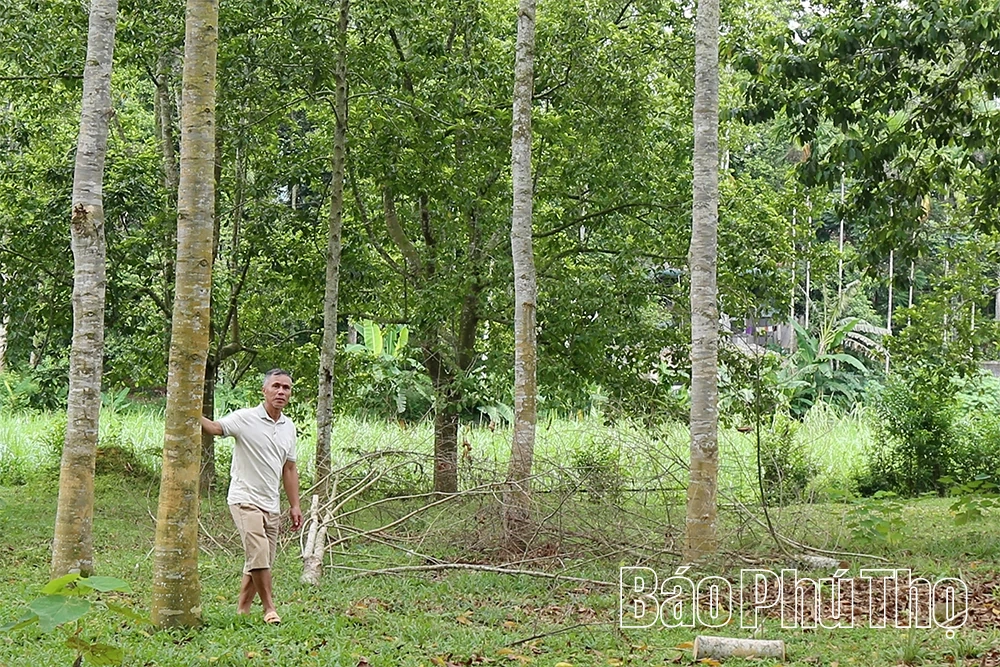
Mr. Bui Van Dich's family's garden in Be Ngoai hamlet let the fruit fall naturally and will not be harvested this season.
Mr. Bui Van Bun in Be Trong hamlet - who was once considered the household that harvested the most doi trees in the area said: “In the past, doi season was as joyful as a festival. Some climbed to pick, some dried, some picked. Now, the seeds fall all over the ground but no one bothers to pick them up. This year, the storm blew down several doi trees near my house, I had to cut them down, I feel very sad, like losing something familiar.”
The Doi trees in Muong Be are very tall, with straight trunks, some of which require two people to hug. To pick the seeds, people have to hire skilled climbers, because climbing Doi is very dangerous. Each crop, the cost of hiring climbers can be several hundred thousand dong per tree. With the current low seed prices, the income is not enough to cover expenses, so many households have to let the seeds fall to the ground, picking up as many as they can, and considering the rest as... God's gift.
After the recent storm No. 10, the hills became even more desolate. Heavy rains caused flooding, landslides, many trees fell, and branches were scattered everywhere. The Muong land, which was once peaceful, was now deeply saddened. There were no more children's voices picking up seeds, only fallen leaves and the smell of damp soil after the storm...
The struggle to keep the "lucky tree" and the belief in Muong land
For the Muong people here, the Doi tree is not only an economic tree but also a cultural tree, a spiritual tree - a symbol of abundance and sustainability in every household. Therefore, facing the reality that many households are cutting down Doi trees due to low seed prices, Ms. Bui Thi Loi - who used to be attached to the Doi salt products of Chi Dao Agricultural Cooperative, now the Chief of the Office of the Party Committee of Thuong Coc commune shared: "Despite the low price, we still encourage people to keep the trees. Doi trees are the lucky trees of the Muong people, providing shade, fresh air, and sheltering the roof from rain and sun. If you know how to keep and work on the straight Doi trees, they can become a very beautiful and unique tourist destination of the Muong land."
Ms. Bui Thi Loi added that Chi Dao Agricultural Cooperative still maintains the production of Lac Son Doi salt. This is an OCOP product trusted by consumers. “Doi seeds here have an essential oil content one and a half times higher than in many other places. We will continue to promote and improve the quality so that consumers understand the true value of Muong Be Doi seeds,” she affirmed.
In Muong Be, the doi tree not only provides seeds but is also a witness to memories. Since the time of our ancestors, the doi tree has protected the roofs of stilt houses from the rain and sun, provided shade on summer afternoons, and provided a rich aroma in dipping sauces, grilled meat, and stream fish. The doi tree accompanies life, from food to stories, from the rhythm of work to the consciousness of the Muong people.
Now, looking at the fallen Doi fruits rolling around the roots, the people of Muong Be not only regret their loss but also feel as if they have lost a part of their hometown's soul. "Doi is no longer the "golden seed", but the Doi tree is still the "lucky tree" of Muong Be. I hope our people do not cut it down, but keep it so that our descendants will know what a Doi tree is..." - Mr. Bun's words sounded like a sigh.
The storm season has passed, and the hills are green again. And hopefully one day soon, laughter will resound on the slopes - where the Muong Be “lucky trees” still firmly hold the land, waiting for the golden season to return.
Doi seeds have long been a typical product, the pride of the Muong people and a typical OCOP product of Lac Son district in the past. Doi seeds are not only known as the "golden" spice in Muong cuisine but are also used by the people as a precious medicine. From Doi seeds, people process massage essential oils, soak in wine to treat aches and pains, help blood circulation, and reduce bone and joint pain. |
Hong Duyen
Source: https://baophutho.vn/tran-tro-giu-nbsp-cay-loc-muong-be-241121.htm



![[Photo] Prime Minister Pham Minh Chinh receives President of Cuba's Latin American News Agency](/_next/image?url=https%3A%2F%2Fvphoto.vietnam.vn%2Fthumb%2F1200x675%2Fvietnam%2Fresource%2FIMAGE%2F2025%2F12%2F01%2F1764569497815_dsc-2890-jpg.webp&w=3840&q=75)






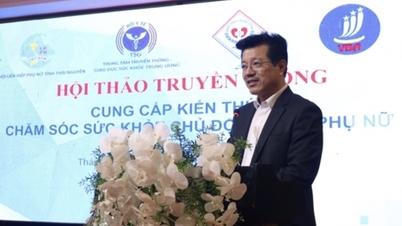



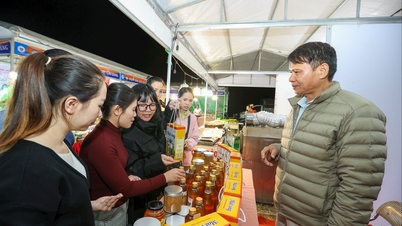



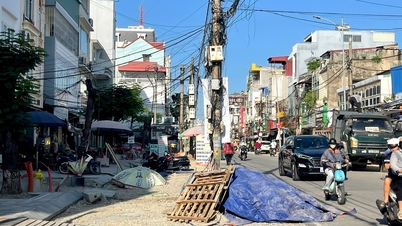
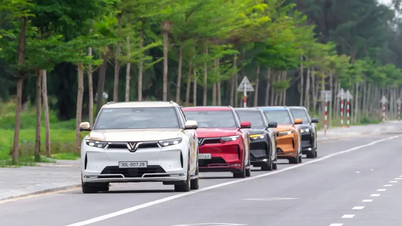

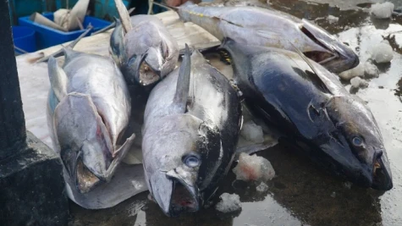





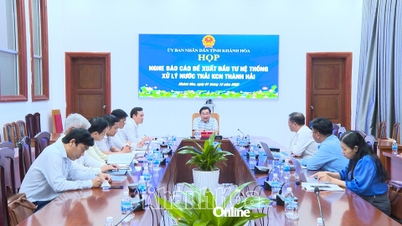






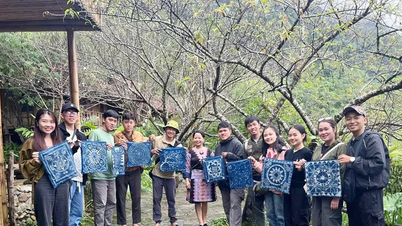
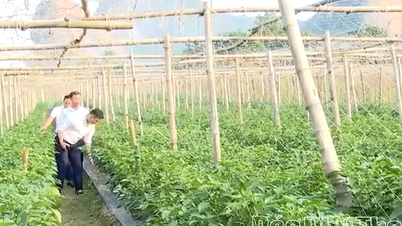


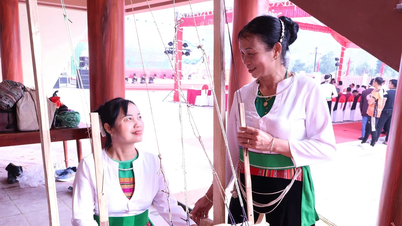



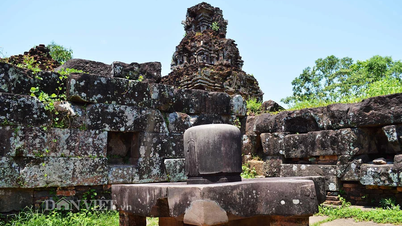

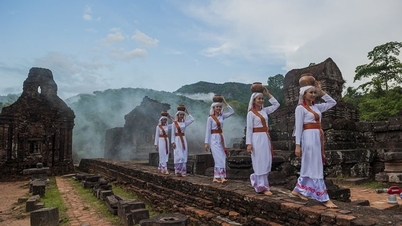

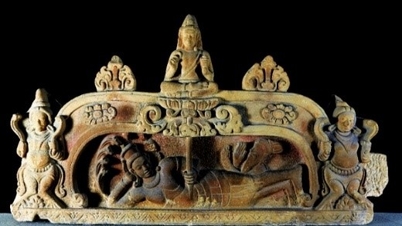
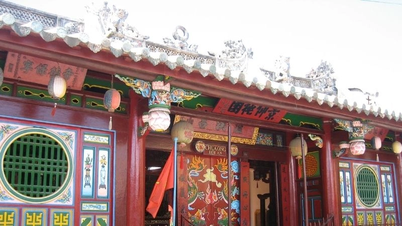
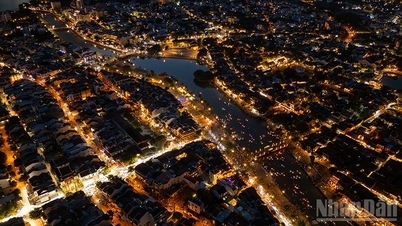

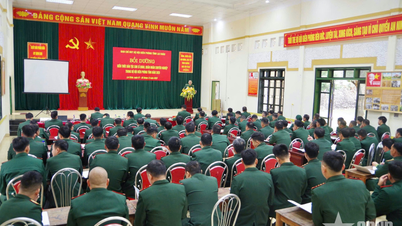



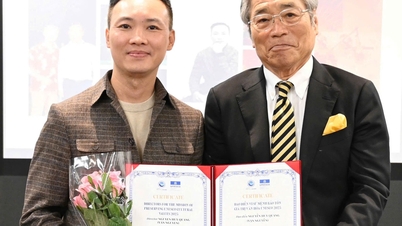










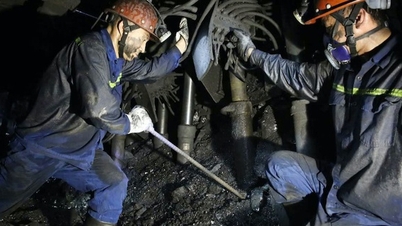

















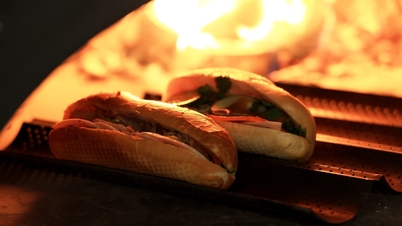






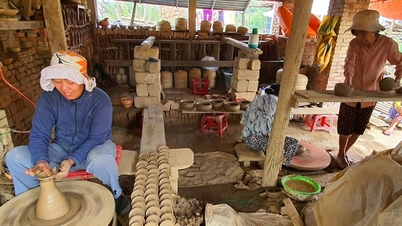


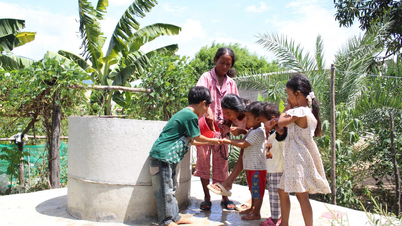
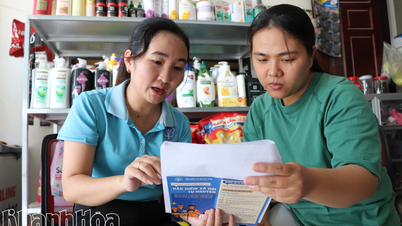
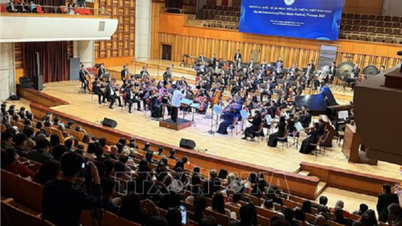
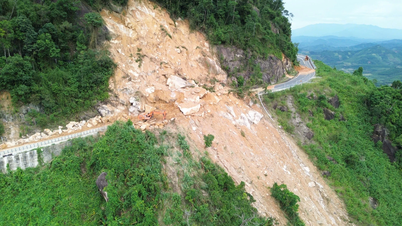

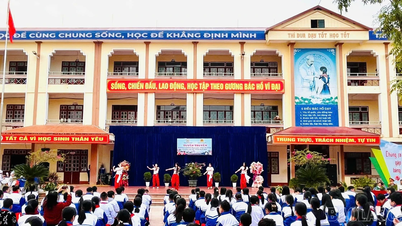













Comment (0)